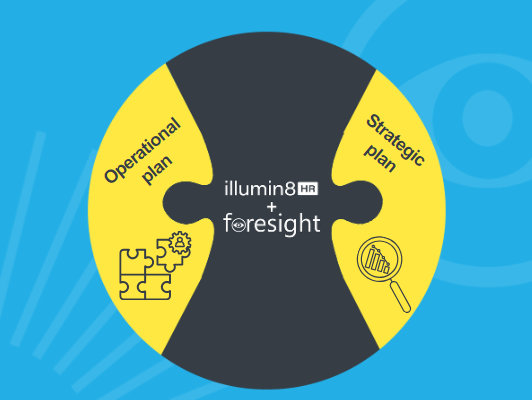Last year I listened to People Analytics guru, Jordan Pettman, recall a situation where the leadership team in an organisation had agreed a set of strategic targets for DE&I across their organisation.
They were poised to send out external comms to the market announcing these ambitious plans when he asked about the data behind the numbers and whether a validation exercise had been done to see if the targets were realistic. The answer was no.
After some modelling taking into account recruitment, promotion and leaver data across numerous DE&I categories, the analysis quickly identified that the goals were unattainable in the timescales. In fact, even with a lower target and longer timeframe, they would still have to consider redundancy programmes, restructures, changes to recruitment, succession planning programmes, career development plans and a raft of other interventions to make the targets a reality. Not to mention a culture shift in leadership and management thinking.
It was an eye opener and a brilliant example of how people analytics can inform decision making.
Understand what you can influence
From NHS trusts to retailers, employers often talk about a representative workforce that reflects the local population it supports. Nirvana is achieving this right up to leadership level. In reality, whether it’s gender, ethnicity, disability, sexual orientation or any other underrepresented group, the macro-economics – social mobility, education and support available – play a bit part in the career choices and the outcomes. As leaders, we need to understand what we can influence and control.
Set realistic targets
If today the percentage of management positions filled by underrepresented groups is currently 15%, how do you determine the target the organisation can achieve in 5 years?
Heard of the expression that without data, you are just another opinion? It’s not enough to say ‘let’s improve that by 5%’. You need to dig deeper to be able to defend the target you come up with.
This is where people analytics can help remove bias and assumption from decision making and help you set realistic targets, joining the dots from recruitment to off boarding by each demographic segment you want to attract, develop and retain.
Mean it
When asked about DEI&B at a recent HR event, a panel of change managers were united in saying this wasn’t a new concept in their organisation. It was something they had always done. Getting under the skin of this is key. According to a recent CIPD study, only half of organisations have a DEI&B strategy. So when people talk about the fact they are ‘already doing it’, do they mean they measure it? Or manage it?
Having a DE&I strategy that permeates across people decision making and is measured by data at each stage of the employee life cycle to flush out issues is key to making it real. It’s not enough to think that passive retrospective reporting once a year on your gender pay gap and you’ve ticked the box. With the EU Pay Transparency Directive impacting companies with over 50 employees from horizon in 2024 and the possibility of ethnic pay gap reporting becoming mandatory in the future, organisations who fail to manage DEI&B will be increasingly exposed, posing a threat to their employer brand.
Embed it
As a leadership team, you also need to be able to explain ‘why?’ DEI&B is important and over time, provide proof points to show the impact.
A study by Deloitte found that diversity, equity, inclusion, and belonging (DEIB) offers a company a 46% increase in competitive advantage in the industry, 40% improved and more accurate decision making, a 34% increase in financial performance, and a 30% higher customer satisfaction rate. Furthermore, diversity, equity, inclusion, and belonging improves retention rates and breeds cutting-edge innovation.
Consider how you ‘sell’ the value in spending time and resources achieving your DEI&B goal. Once you’ve agreed on a target, how do you know what action you need to take to make that happen? And how do you know month by month whether you’re on track and if you’re not, what adjustments you need to make. This is where people analytics can help.
Measure it
The answers to a lot of these challenges lies in getting a complete picture of your people data and understanding the data points at each stage of the employee lifecycle. From where you advertise, to the types of jobs you are offering, to who is interviewing and selecting who to recruit, how you decide on who gets the training opportunities, mentoring, salary increases or the promotions.
What data points do you have as an organisation that help you measure through a DE&I lens how much equality there is in decision making and the impact on employee development, earning potential, engagement and ultimately retention.
Take a step back. When you’re determining what good looks like with DEI&B, dig deeper to understand the systemic changes required to support your goals.
If you would like to talk to us about how you can start collecting and measuring your people data with a free trial of our award-winning people analytics platform: illumin8HR – book a convenient time here:




